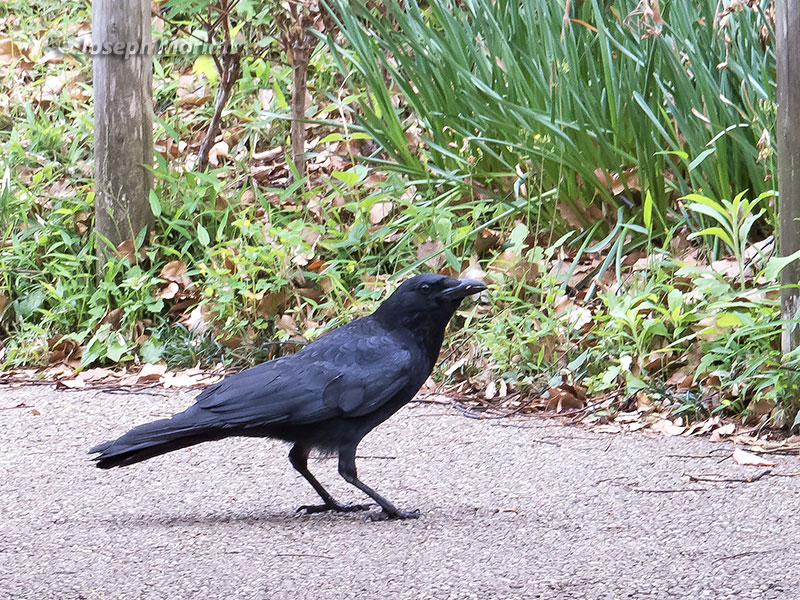
The metallic blue sheen is characteristic of this species which has a wide distribution across Eurasia with all black forms in the East and West connected by partly gray populations often known as Hooded Crow. Although sometimes considered a separate species, Hooded Crows hybridize readily with typical Carrion Crows. The black form in East Asia averages larger than those in Europe. Canon PowerShot SX50 HS.
References:
Haas, F., Pointer, M.A., Saino, N., Brodin, A., Mundy, N.I. & Hansson, B. (2009) An analysis of population genetic differentiation and genotype–phenotype association across the hybrid zone of carrion and hooded crows using microsatellites and MC1R. Mol. Ecol. 18(2): 294–305.
Londei, T. (2013) Alternation of clear-cut colour patterns in Corvus crow evolution accords with learning-dependent social selection against unusual-looking conspecifics. Ibis 155(3): 632–634.
Madge, S. (2017). Carrion Crow (Corvus corone). In: del Hoyo, J., Elliott, A., Sargatal, J., Christie, D.A. & de Juana, E. (eds.). Handbook of the Birds of the World Alive. Lynx Edicions, Barcelona. (retrieved from http://www.hbw.com/node/60794 on 7 June 2017).
Madge, S. & Burn, H. (1994) Crows and Jays: A Guide to the Crows, Jays and Magpies of the World. Houghton Mifflin, Boston.